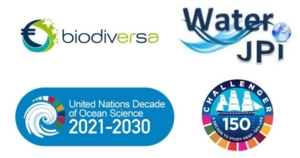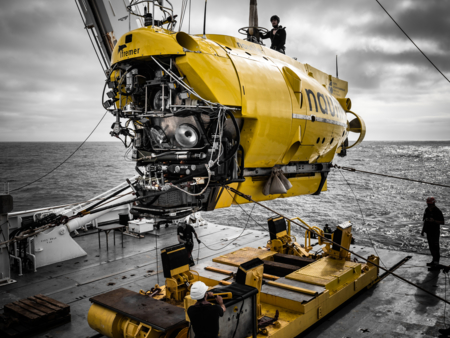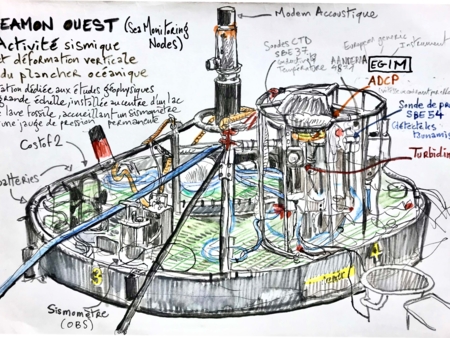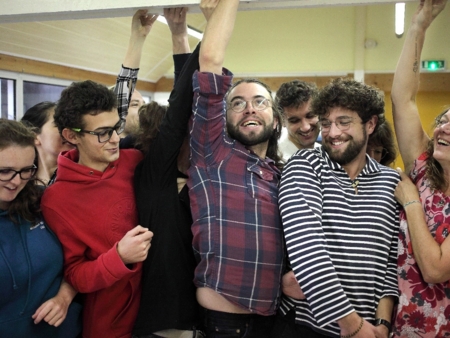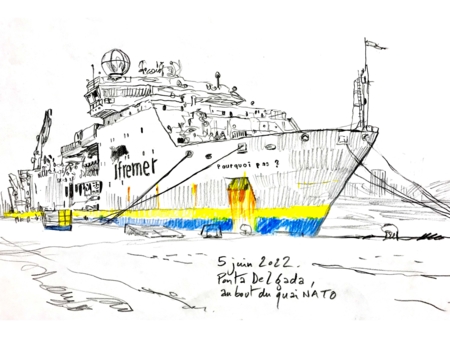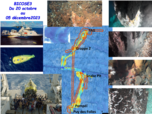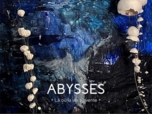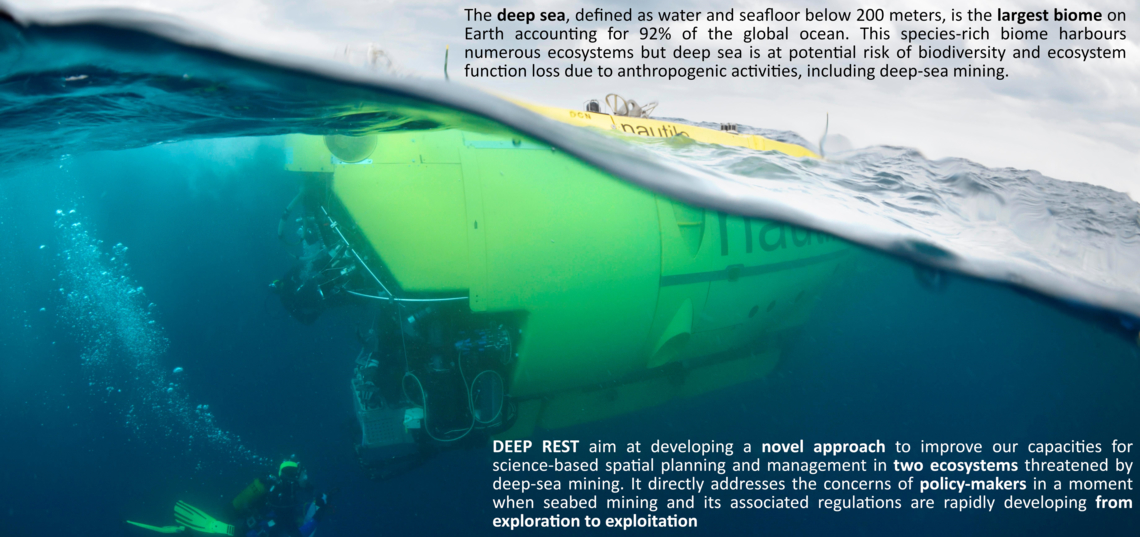
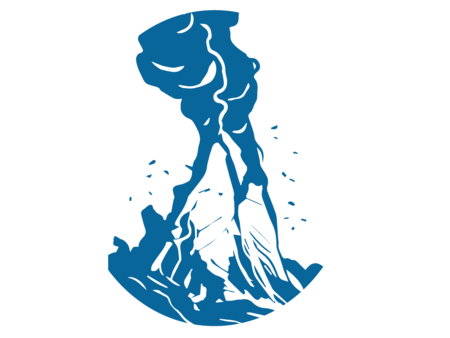
Ecosystem studied
The project will focus on nodule fields of the Pacific Ocean as well as hydrothermal vent fields in the Atlantic and Arctic Oceans.
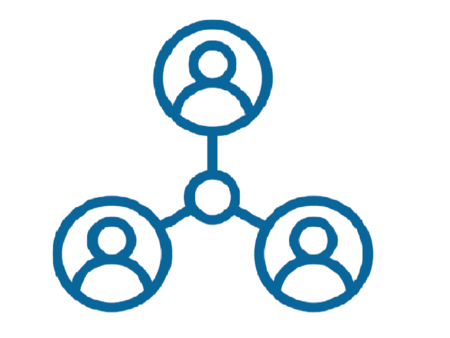
Stakeholders involved
A large number of stakeholders acting at both national international scales who represent a broad spectrum of end-users will be engaged on the project.
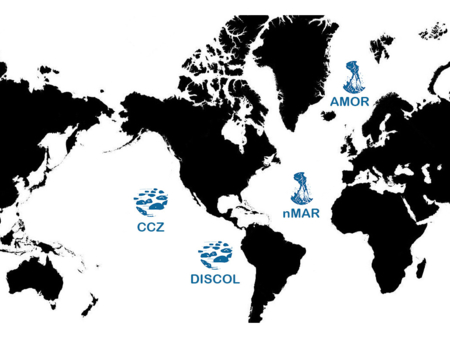
Study areas
The study areas will cover the Pacific ocean (Clarion-Clipperton Zone, DISCOL Experimental Area), the northern Mid-Atlantic and Arctic ridges.
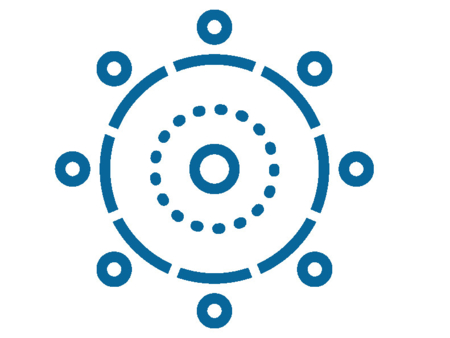
Consortium
The DEEP REST consortium is composed of 15 partners
Last news
Bicose 3 cruise : October 20th-December 5th, Mid-Atlantic Ridge
The aim of the BICOSE3 cruise was to explore over 800 km of the mid-Atlantic ridge between 26°N (TAG) and 21°N (Puy des Folles)
Exhibition “Abyss: where life invents itself”
A meeting with two passionate artists -Sylvie Salmon and Valérie Ferchaud- eager to immerse themselves in the world of research on the deep seabed, took place in 2021 with Jozée Sarrazin.
DESSA: A workshop with the street artist Teuthis
This workshop called DESSA for «Deep Sea Street Art» was organized by three scientists from Ifremer for twelve Master students from the universities and engineer schools of IsBlue.

Login
This research was funded through the 2020-2021 Biodiversa and Water JPI joint call for research projects, under the BiodivRestore ERA-NET Cofund (GA N°101003777), with the EU and the following funding organisations : Agence Nationale de la Recherche (ANR-21-BIRE-0003), France, Ministry of Agriculture, Nature and Food Quality (LNV), Netherlands, Research Foundation – Flanders (FWO), Belgium, German Federal Ministry of Research (BMBF) through VDI/VDE-IT, Germany, Environmental Protection Agency (EPA), Ireland, Fundação para a Ciência e a Tecnologia (FCT), Portugal, Fundo Regional para a Ciência e Tecnologia (FRCT), Portugal-Azores and State Research Agency (AEI), Spain. Three other entities also contribute to the project : University Center in Svalbard (UNIS), Norway, Centre National de la Recherche Scientifique (CNRS), France, University of Bergen (UiB), Norway.

